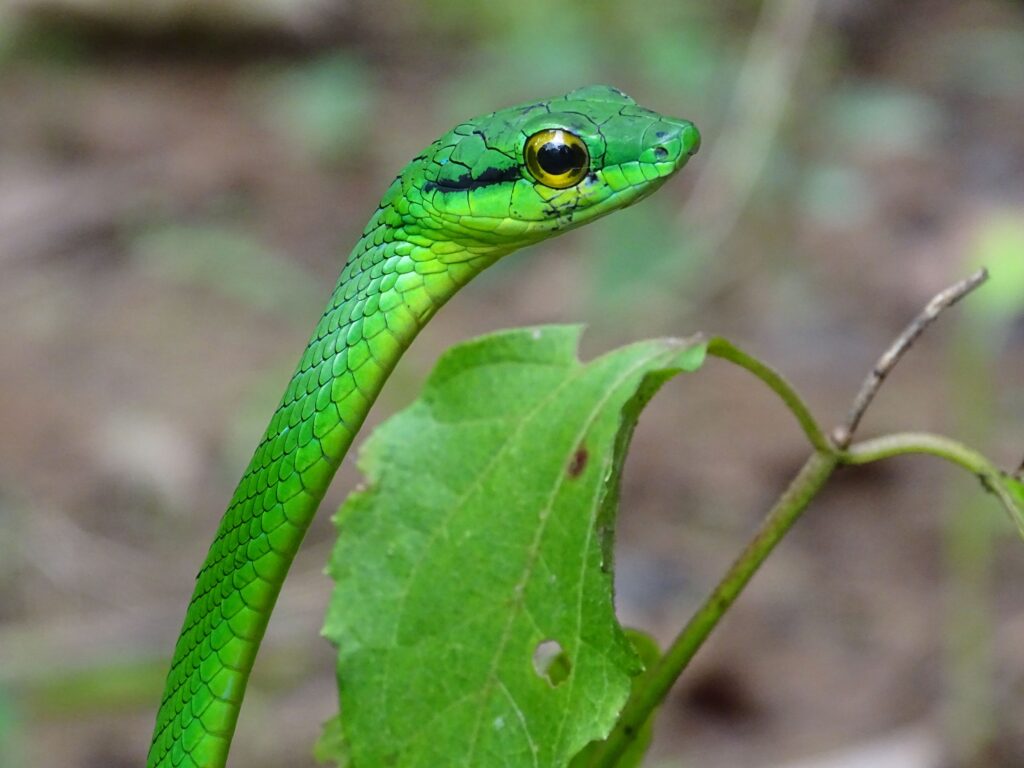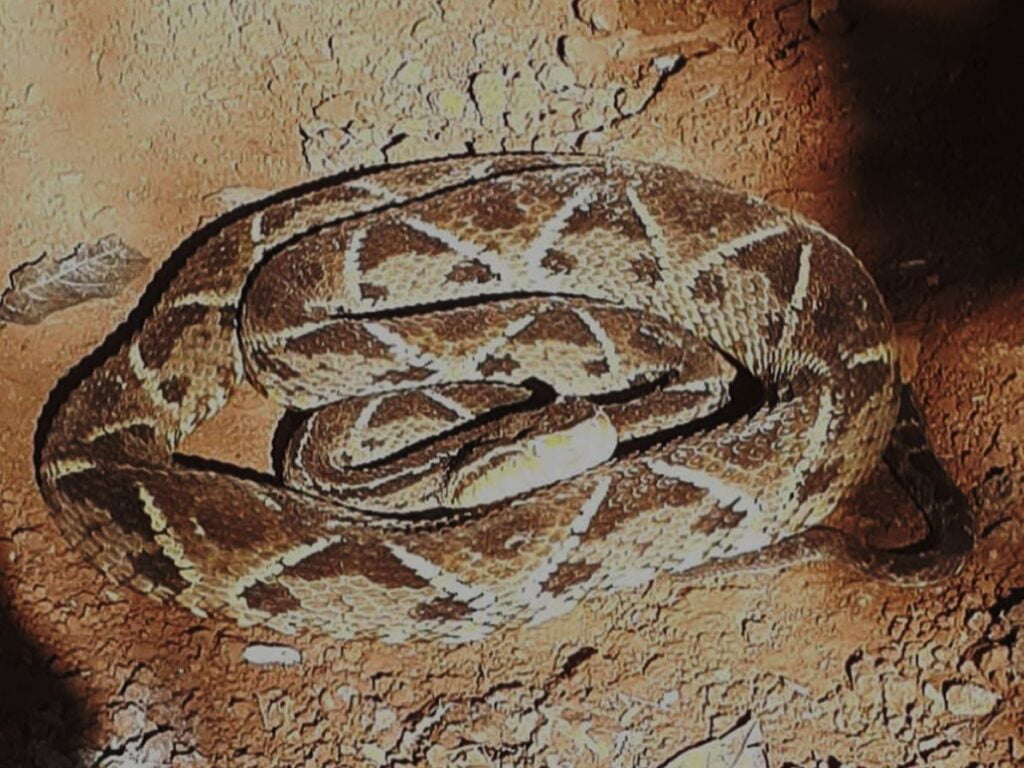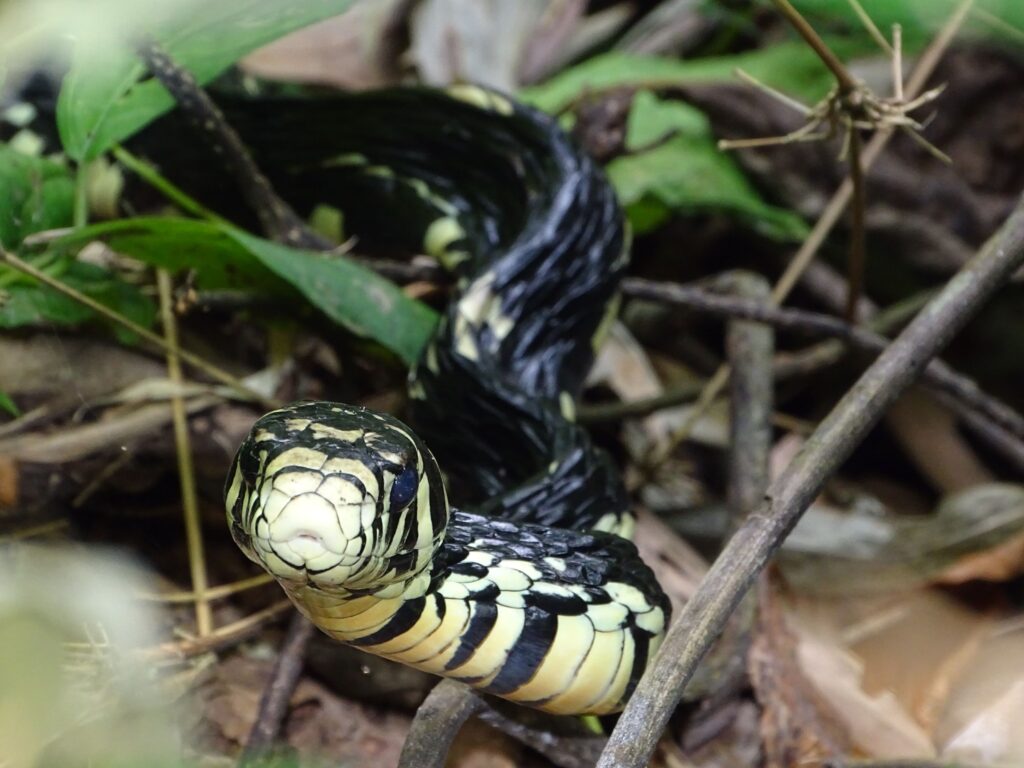News
Why snakes aren´t killed at MLR Forestal?

Ten collaborators of the nursery area of MLR Forestal look carefully at the screen. In it appear different species of snakes, some very familiar to them, such as the dreaded “yellow beard”. Róger Mendieta, in charge of biodiversity of the company, recalls occasions in which these animals have been found in different terrains of MLR. “The first thing people do is kill them, right?” he asks the participants of the talk. They nod.
This presentation was shared with eighty nursery collaborators distributed in groups of ten, this was a way to educate people about snake species, their characteristics and whether they are venomous or not to prevent them from eliminating them.
Francisco Hernández, collaborator of the nursery, has several stories with these reptiles. He says that once he “faced” a snake that measured more than a meter, he also remembered when he has found “a beige” one among the bags with substrate that are used in the nursery. “I was frightened, so I killed them, but when I didn’t feel in danger, I let them go,” says Hernández.

“Many species of snakes are beneficial”
In Nicaragua there are 107 species of snakes of which only thirteen are venomous. In Forest MLR there are 47 species of reptiles and 21 species of amphibians. Within the reptiles, in the company there are 13 species of snakes of which only the “yellow beard”, the false yellow beard and the true coral are poisonous.
During the talk, Mendieta explains that, if life is not in danger, snakes should not be killed because they play a very important role since they are the ones that regulate rodent populations. “For example, if a species of snake became extinct, such as the yellow beard, this would cause a series of problems both in health and ecosystems because many populations of rodents would grow in population because they would not have a natural predator,” he says.
The presentation takes place by clearing up myths about species such as the “blood viper” and the differences between false coral and true coral (true coral has red bands with yellow rings at each end, while false coral has red bands with black rings at each end). “For many people talking about snakes is triggering a series of myths because they think that all are poisonous, but not all are, in fact many are very beneficial for human health and ecosystems,” Mendieta concluded.

Share




